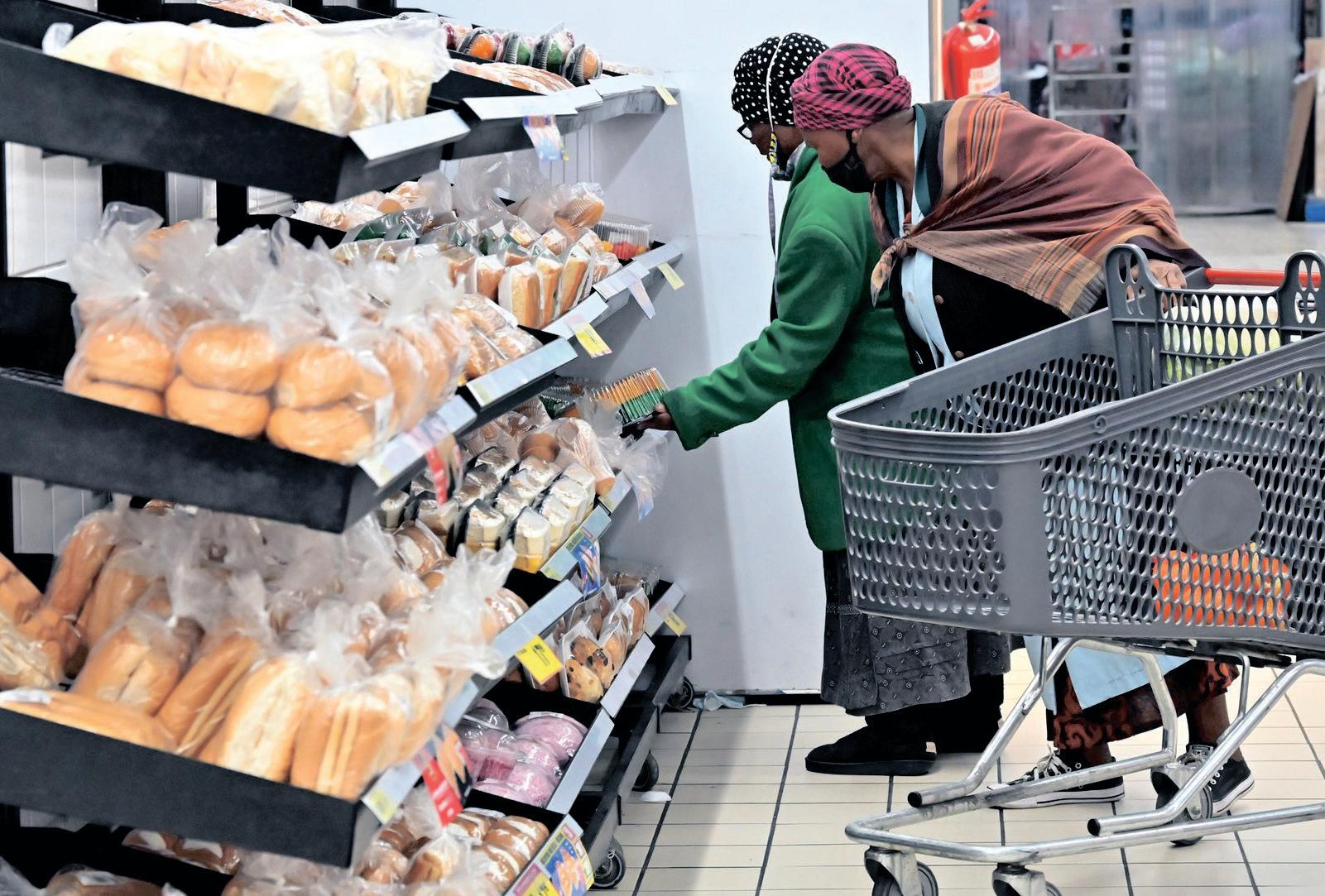The commission’s report released on Thursday highlighted various cost pressures that are still plaguing producers and consumers alike.
Ongoing loadshedding, persistently high transportation costs, and the lingering effects of drought continue are all poised to compound the challenges facing South Africa’s food chain.
As producers attempt to cushion themselves against these harsh realities, the fluid grocery market remains marked by significant consumer behaviour.
Four of the EFPM report noted that many shoppers were swapping out costly items for more affordable protein sources such as choosing canned pilchards over chicken.
Competition Commission economists, Xhalirendwe Ranyanehi and Kwazi Zwana elaborated on the findings, indicating that while price spreads across food value chains appeared to be stabilising after a period of volatility, consumers still perceived current prices as high, exacerbated by months of elevated inflation.
Ranyanehi said since the monitoring of prices, there had been improvements as producers and retailers became increasingly adjusting prices, a difference from past practice where a benefit to consumer due to producer reduction were not passed to the consumer as quickly.
“The reason we started this was because we wanted retailers and producers called them quickly.
“It is because once there is an increase in commodity prices, which we saw supply by maize prices shooting up by 60%, you would have observed processors and retailers quickly increased the prices for consumers in September and October, and they came down in January. Observations in the past were that they were not quickly reducing the price.”
Factors are also critical due to South African status as a major maize producer and exporter.
The EFPM report showcased the ongoing recovery in various product chains.
Despite the efforts to absorb price pressures, consumers are reminded that egg prices, impacted by the avian flu outbreak of late 2023, remain high, with a current retail price of R74.88 against a producer price of R14.24 for half a dozen.
The anticipated recovery of flocks set for mid-2024, averting a prolonged period of inflated prices as the industry undergoes recovery.
Additionally, the report revealed a tangible reduction in price spreads for cooking oil, dropping from 25% to 16%, due to notable decreases in the prices of crude sunflower seeds, which remains resilient amidst moderate retailer pricing behaviours, establishing less than a 38% spread between production and retail.
Brown bread continues to exhibit slow pricing adjustments, trailing behind the farm value of wheat, which sits at R3.26 against a production price of R14.24.
Amidst fluctuating conditions, the value chain in maize meal faces challenges following adverse weather, with forward trading trends persisting throughout 2024.
However, shifts in producer prices remain notable, and not fully mitigating the rising costs of white maize; the spread has shrunk, highlighting a more constrained retail price environment.
While the commission’s report signals improvements in price management across the staple food chain in South Af...


